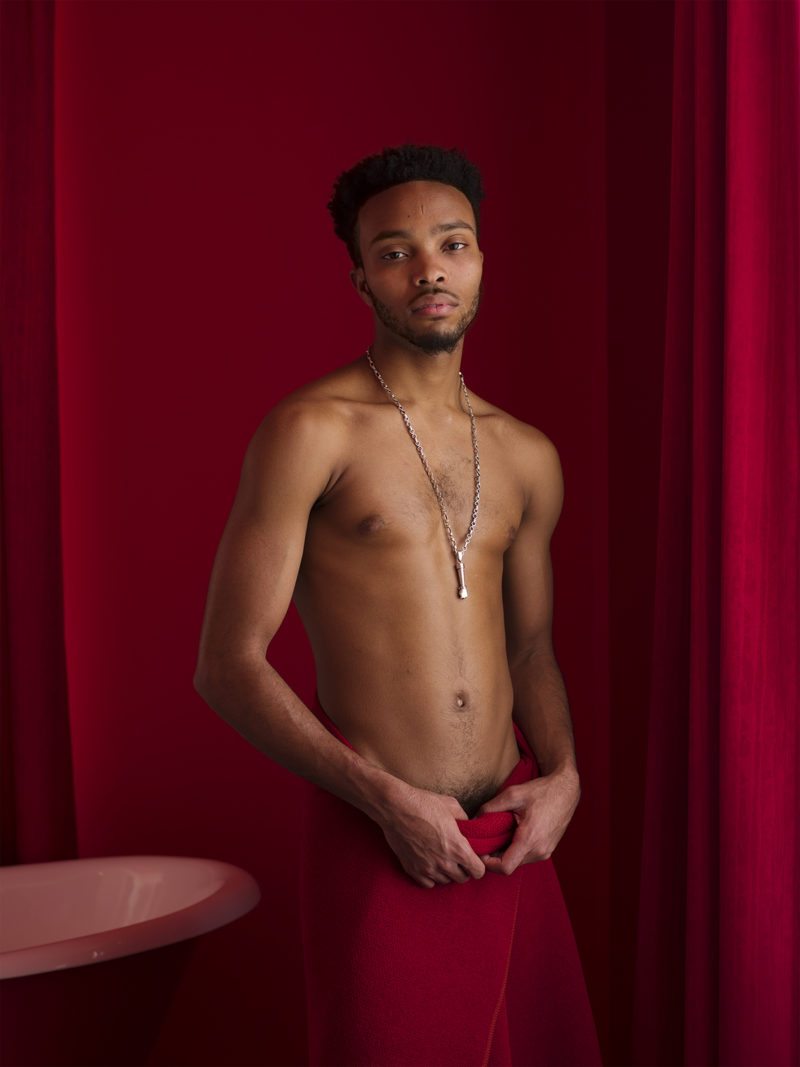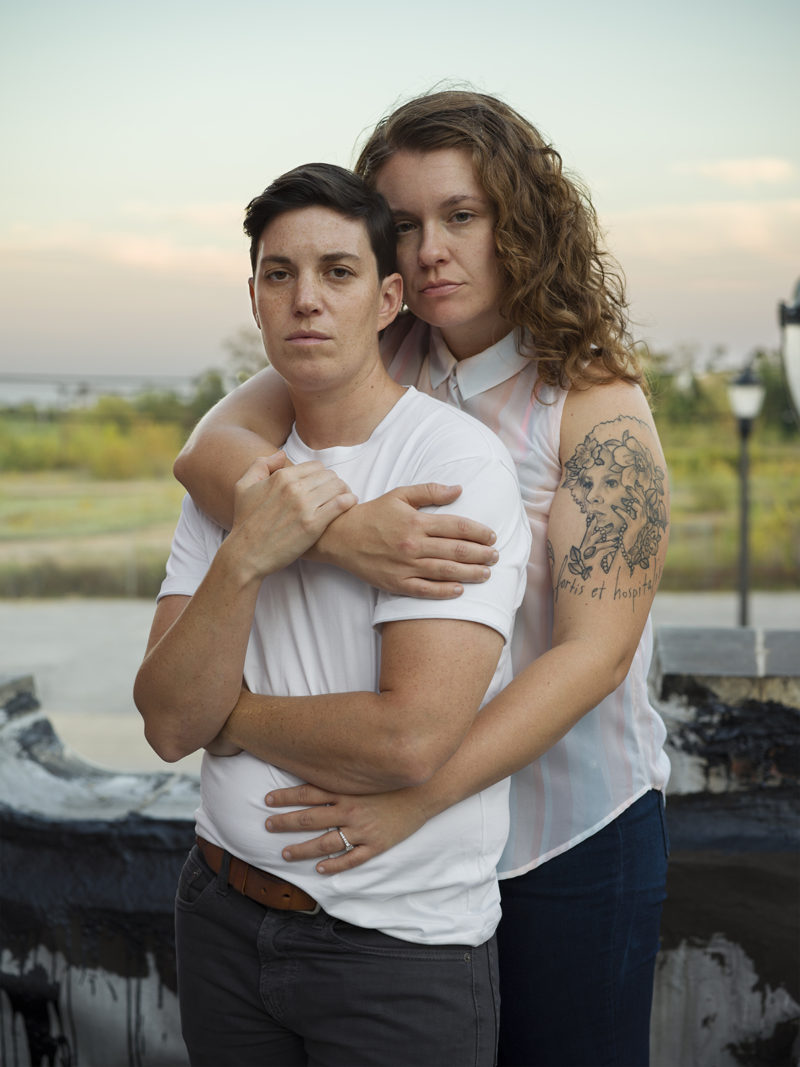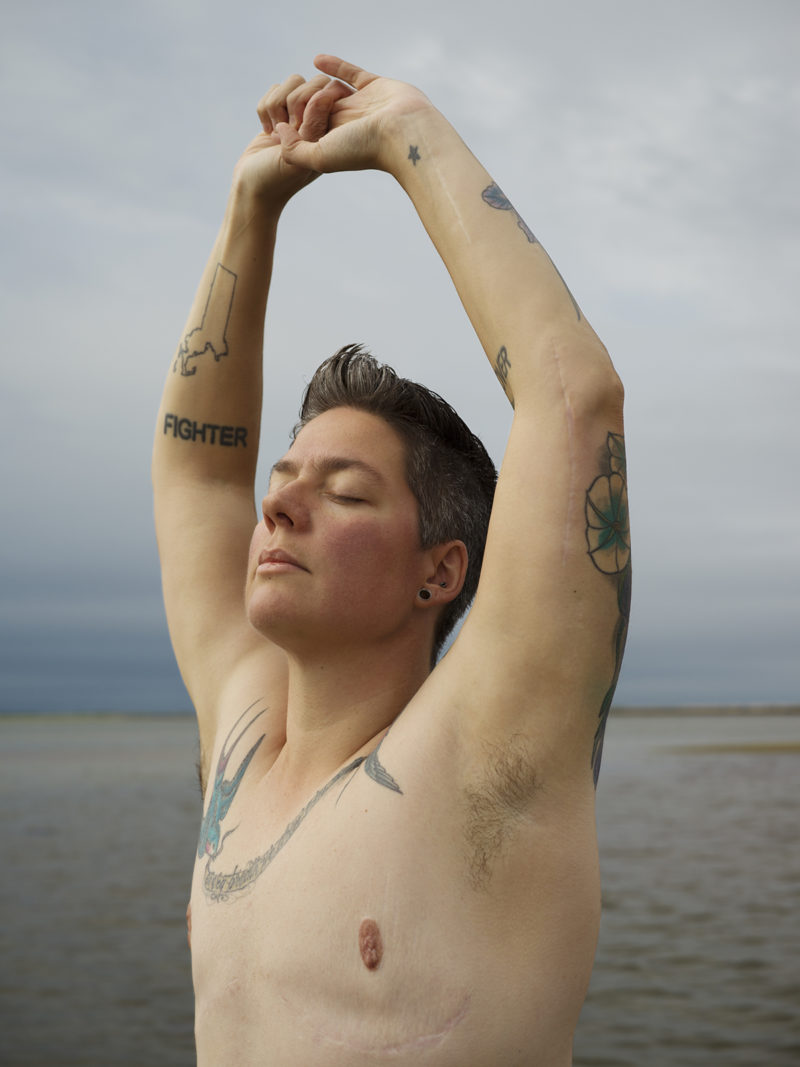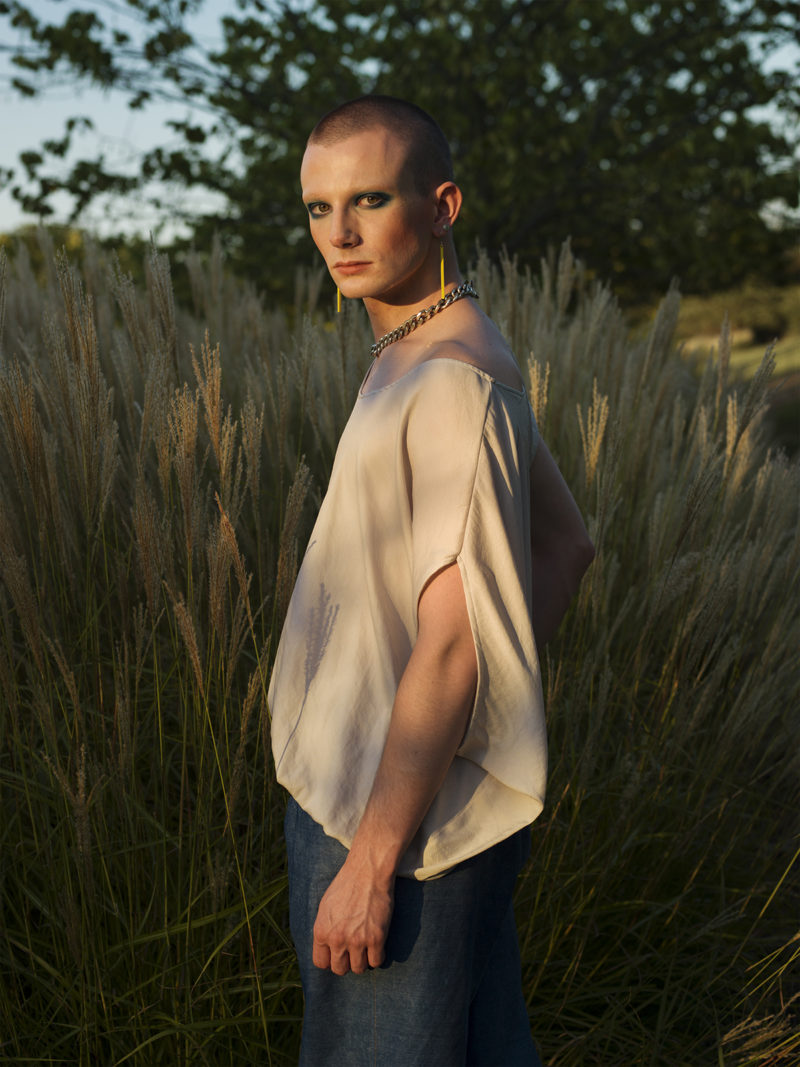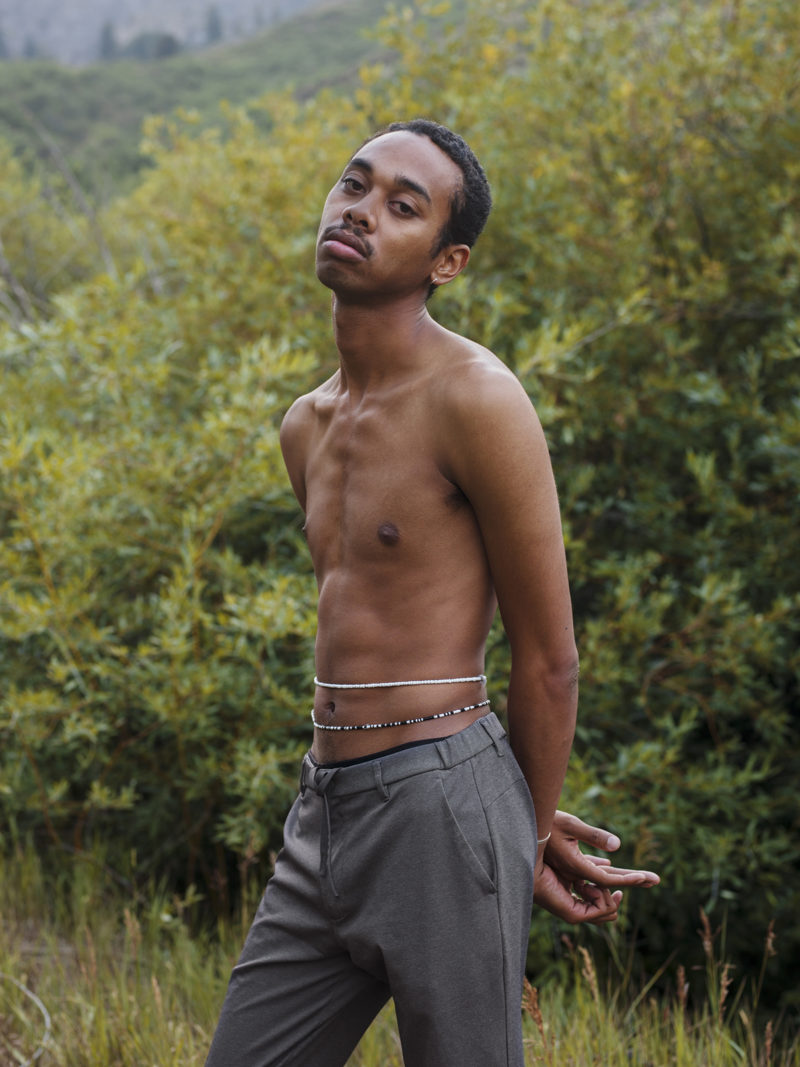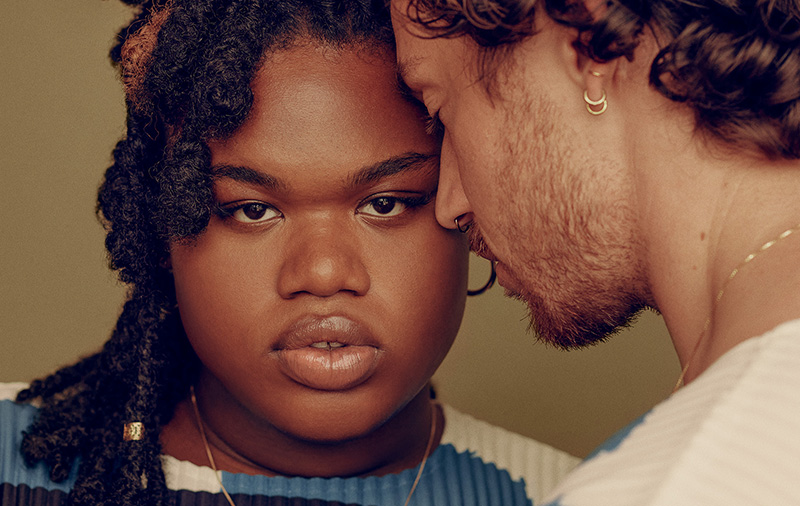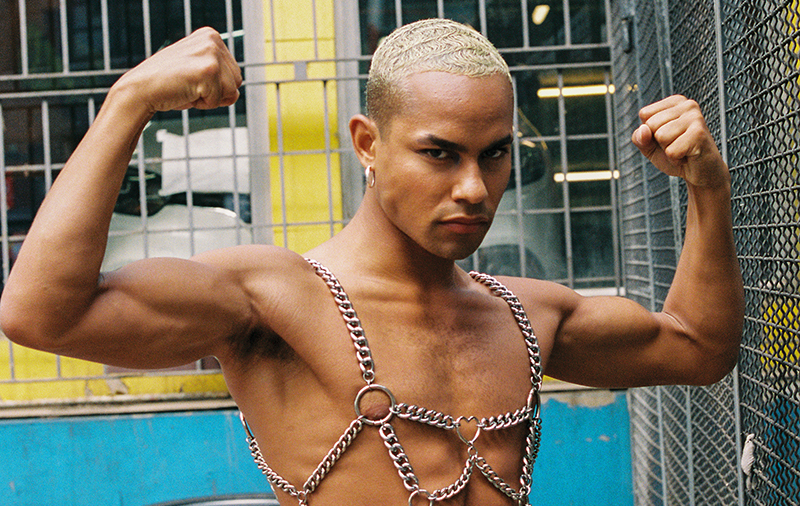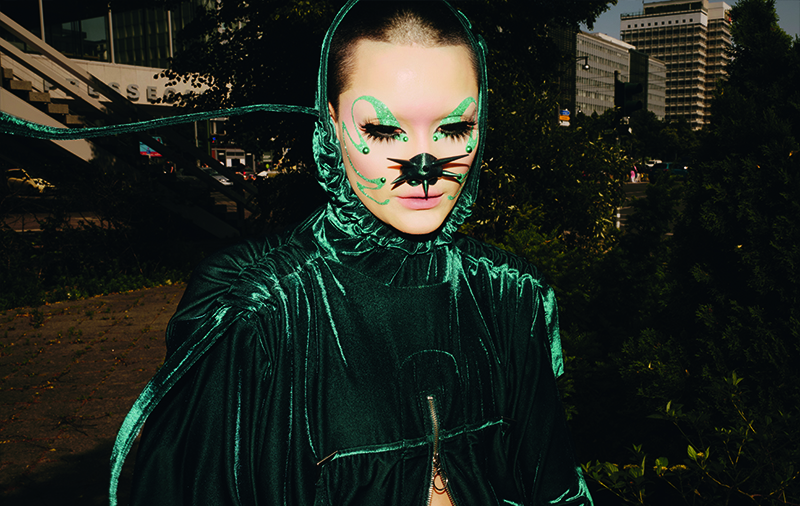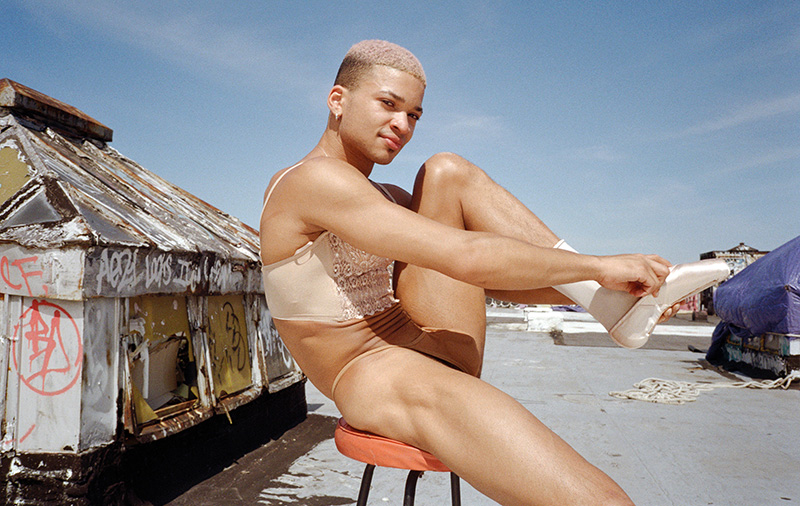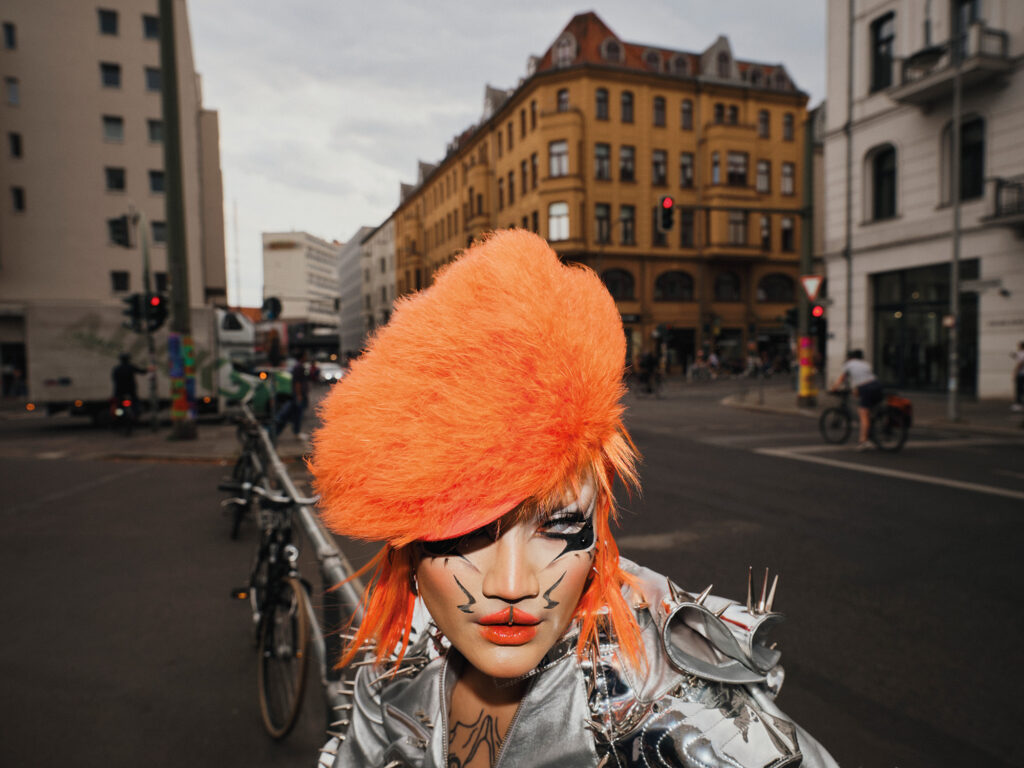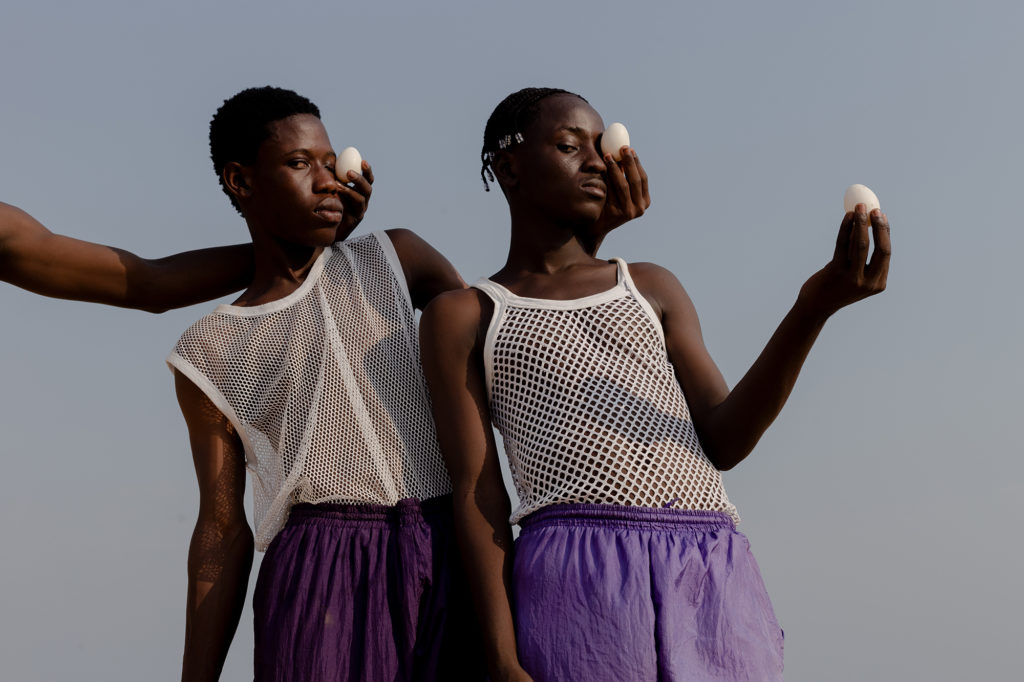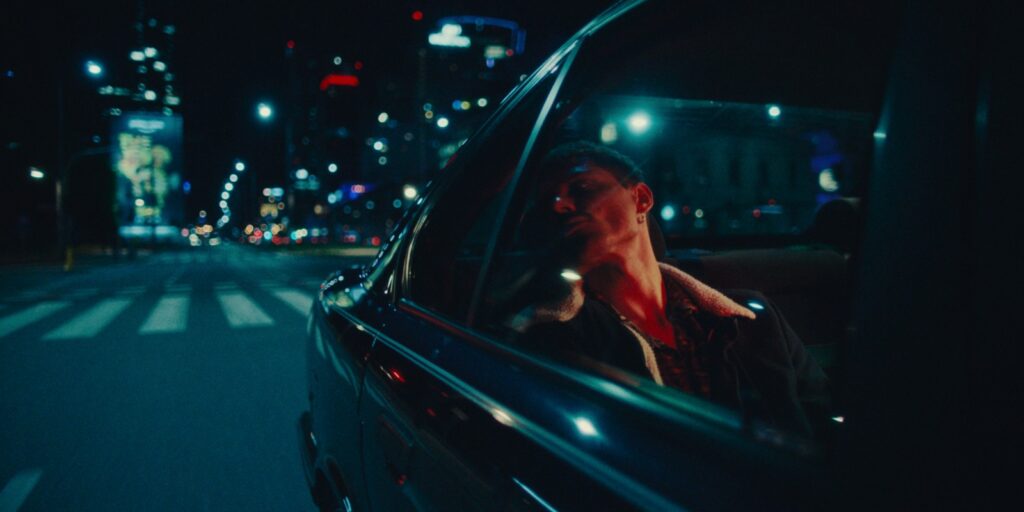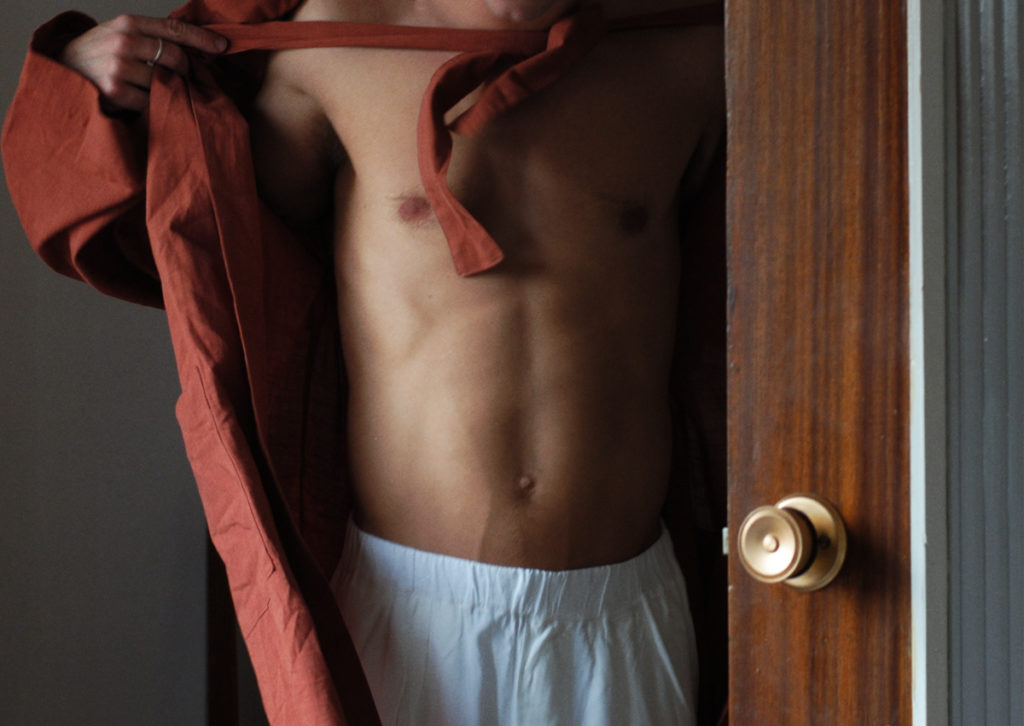Jess T. Dugan: A Radical And Beautiful Act
Artist Jess Dugan
Words Tom Czibolya
With their work being widely exhibited and in the permanent collections of over 40 museums, Jess Dugan is a renowned artist exploring issues of identity through photography, video and writing. We are honored to have Jess' pictures displayed as part of our Visible Love exhibition series and happy for having had the chance to ask them about the their non-binary experience, how their past struggles made them a better parent and if accepting not being accepted can ever be an option.
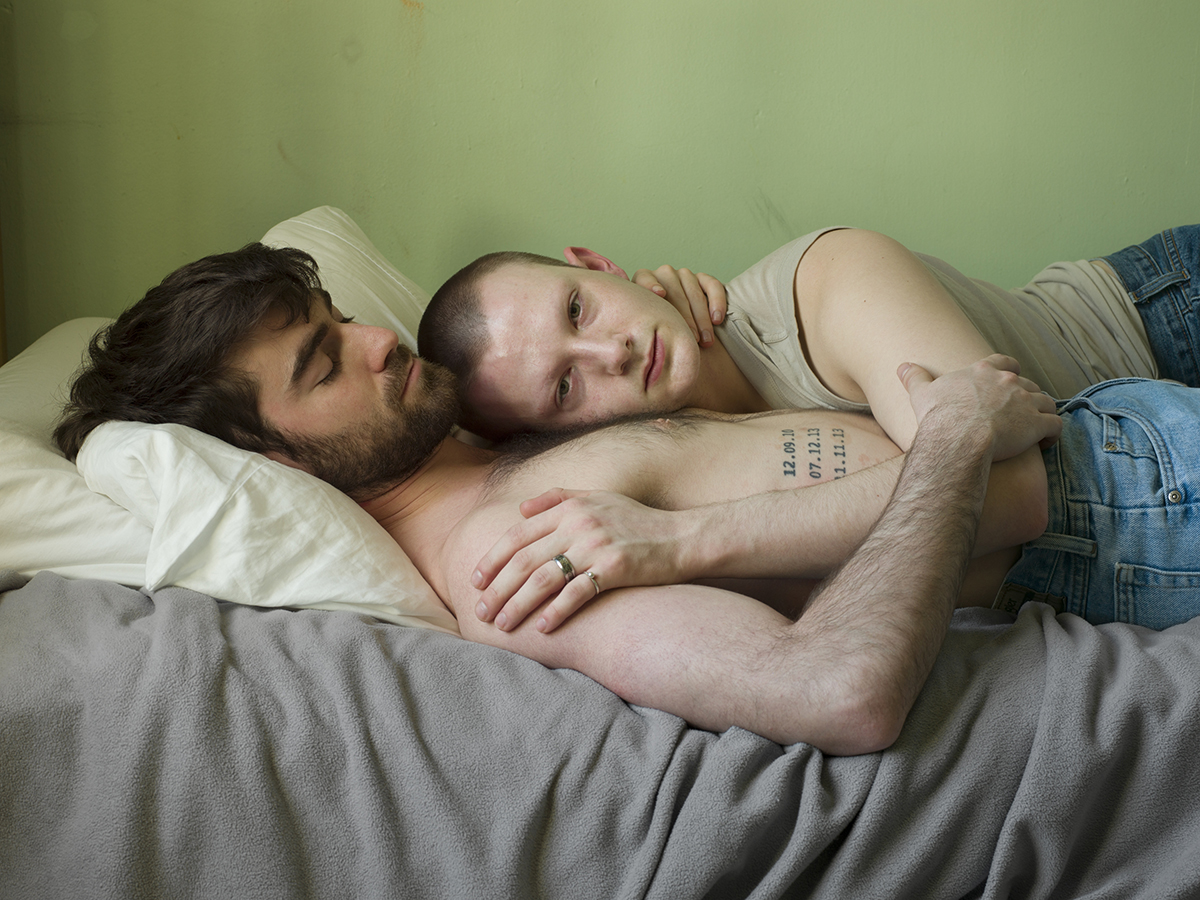
How did you and the people around you handle your own queerness while growing up?
I grew up in Little Rock, Arkansas and was a very masculine-presenting child from a young age. I was often mistaken for a boy and tension around my gender-presentation caused a lot of issues for me socially. Because of these experiences, I grew up with a heightened awareness around how gender identity and presentation affects our experiences in the world.
I moved to Cambridge, Massachusetts with my mom when I was 13, and it was there that I came out as gay and non-binary. It was an easier place to come out, but it still had its challenges. I was fortunate to have the full support of my mom, which made a huge difference. In high school, I was very involved with LGBTQ+ activism and worked with several nonprofit organizations doing public speaking, training and political advocacy. Once I discovered photography, I knew I had found my voice, and I began to channel my activism into my creative work.
What is your first memory related to queer content? How do you feel about it?
My mom came out as a lesbian when I was 7, so I was around a lot of LGBTQ+ people as a child. We went to an LGBTQ+ church, and my mom and her partner were involved in HIV/AIDS advocacy and caregiving. So, I had exposure to queer communities and content early on. As a teenager, I was very involved with the Gay/Straight Alliance at my high school and had a lot of queer friends. I was also fortunate to live in a city that had amazing resources for queer youth; I went to queer youth conferences, dances, and pride marches throughout my teenage years and felt very supported on a communal level.
After my school day ended, I would often go to the Harvard Book Store and look at their art and photography books. I couldn't afford to buy these books at the time, but I would spend hours looking through them in the store. It was there that I discovered fine art photography with queer and political content and this discovery was profoundly influential to me. I found work by Catherine Opie, who was an important early influence, as well as other artists like Del LaGrace Volcano, Robert Mapplethorpe, Carrie Mae Weems and many others. It was the late 1990's and there weren't as many representations of queerness in mainstream media as there are now, and these books were the first place I encountered images of people who looked like me, images I could relate to. So early on, photography played a profound role in validating my identity as a queer and non-binary person. The discovery of work that was socially and politically engaged, whether it was queer or not, also significantly informed my practice as an artist. Some of my projects have a more overt activist element than others, but the pursuit of social change through the power of storytelling runs through all of my work.
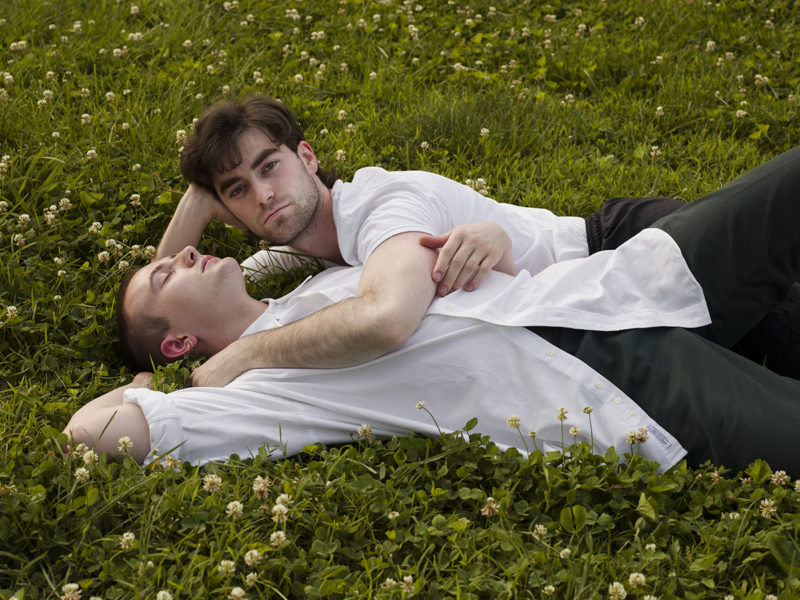
In Letter to my father, an autobiographical video you made in 2017, you revealed a lot about the not-so-ideal background of yours. What is the single biggest challenge in accepting that you are not being accepted?
This is such a big question; it's hard to identify one thing as being the largest challenge, as the experience is difficult in so many ways. When you come out early, and come of age as part of a vibrant and large queer community, stories of estrangement and difficult relationships with families of origin are commonplace, unfortunately. And, my own mother had lost her relationship with her mother when she came out. So I was very familiar with this story, but going through it myself was another experience entirely.
I don't think you ever fully get over a parent rejecting you for who you are, but it gets easier with time. There was an element of empowerment, for me, in my estrangement from my father because I realized I was no longer willing to be in a relationship where I wasn't fully welcomed and embraced. Instead, I chose to surround myself with people who love and support me for exactly who I am. I have my own family now, including my four-year-old, magical daughter, and I feel very grateful for the amount of love I have in my life. My experiences with my father, including the difficult ones, have certainly informed the way I'm choosing to parent, which is emotionally present, unconditionally accepting and full of love.
Coming out gay is pretty much normalized in Western societies. Why is it more challenging for a non-binary or transgender person to come to terms with their identity?
I'm not sure it's harder, necessarily, but perhaps each path is different. A trans or non-binary identity is sometimes visible in a way that a gay or queer identity is not. In addition, I think a lot of homophobia is rooted in discomfort around expected gender roles; our society is less accepting of folks assigned female at birth who present more masculine, and folks assigned male at birth who present more feminine. So homophobia is not only about sexuality; I think it is inextricably intertwined with gender.
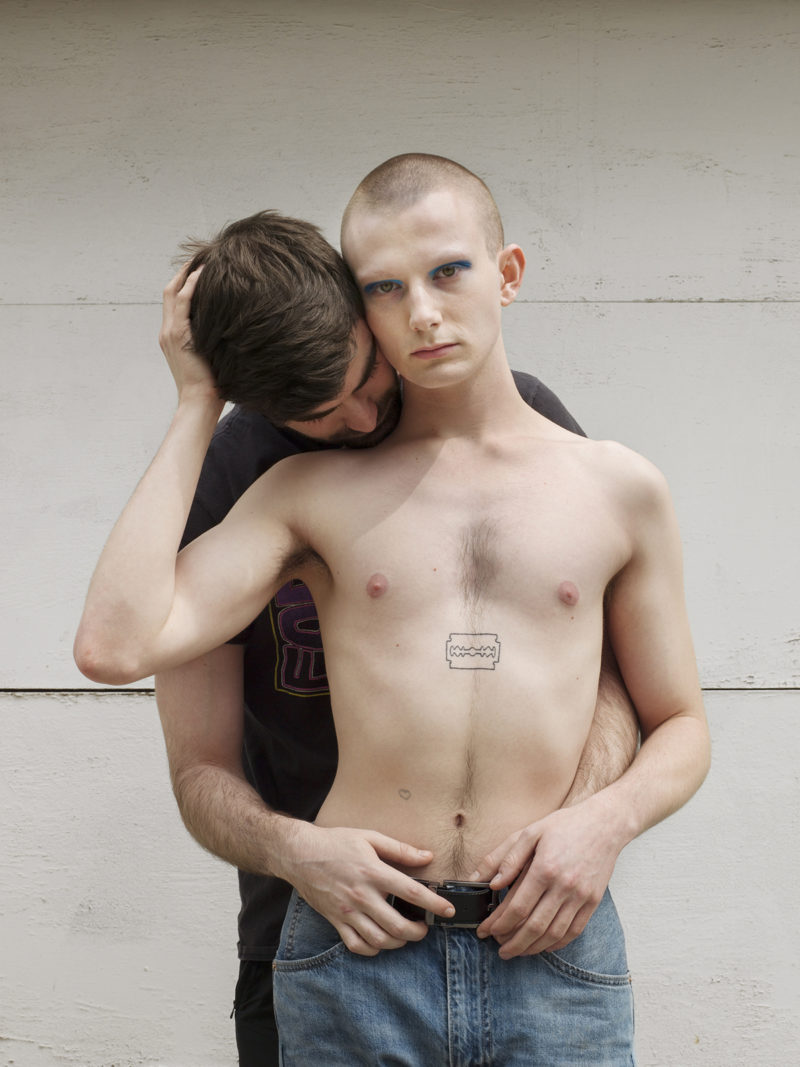
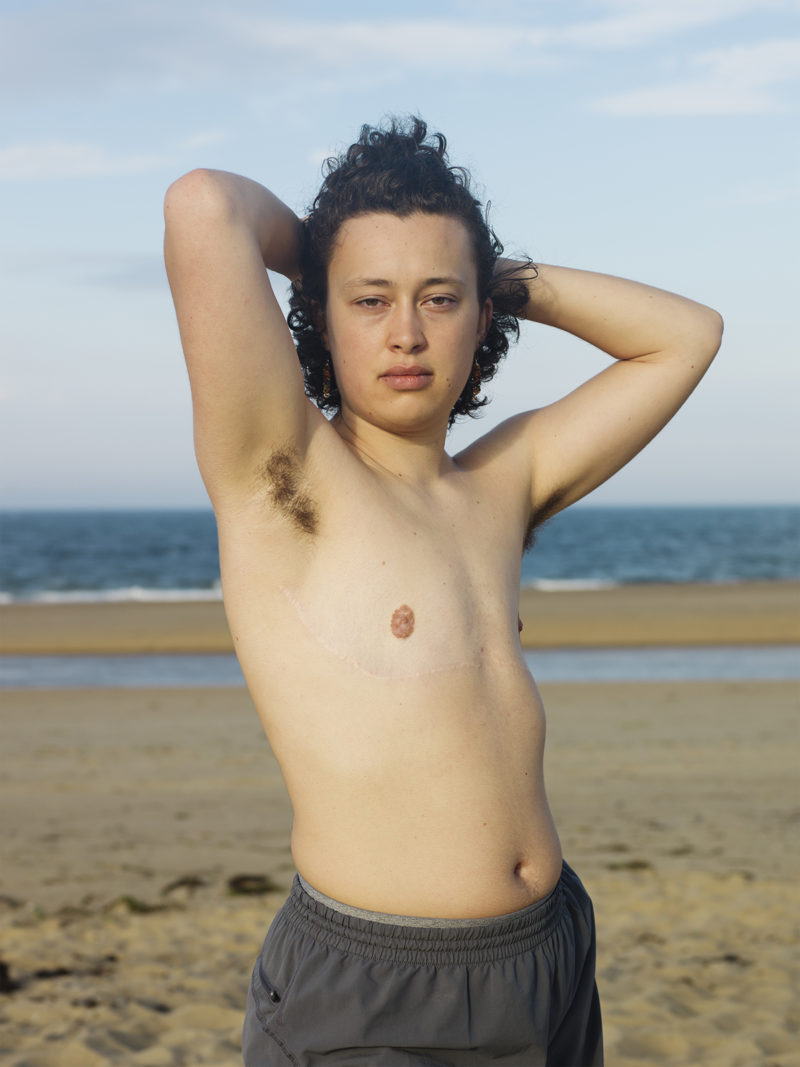
What's your take on inclusivity within the queer community?
I think the queer community is a magical place, one in which each person is free to write their own script for how they want to exist, live and love. But we are still divided, especially along lines of race and class. I think the queer community, as a whole, has some work to do in terms of being fully intersectional, diverse, and inclusive.
Your latest book, Look at me like you love me puts the focus on individuals instead of communities. How has your perception of family changed over the years?
This is an interesting question, as I think of family in both an immediate and communal way. I have been working on a body of work documenting my own immediate family, which includes my partner and our daughter as well as my mom and her partner, for over a decade now. I'm interested in how these relationships change and grow over time and am also invested in creating representations of queer families and queer parenting, which are still lacking.
But I also think of family on a broader, communal scale. Look at me like you love me is about a lot of things – personhood, intimacy, loss, desire – but it's also about how we connect with others in a meaningful way and how our own identities are validated by being in relationship with others, whether romantic, platonic, familial, or communal.
How do you choose and approach the people you photograph?
I am drawn to the people I photograph on an energetic level; there is something about them that I respond to in a visceral way. I am interested in people who are comfortable with who they are and who are able to be open and honest and engage in a meaningful emotional exchange with me. My work depends upon the full consent and participation of my subjects, so I'm only interested in photographing people who actively want to collaborate with me.
I'm especially drawn to people who embody both strength and gentleness, particularly when their identity requires them to actively push against societal expectations. I'm also interested in a gentler, more complex version of masculinity than the one we see in the mainstream. Finally, there is sometimes a kind of mirroring that takes place between me and the person I'm photographing; I see myself reflected in them, or I see part of them reflected in me.
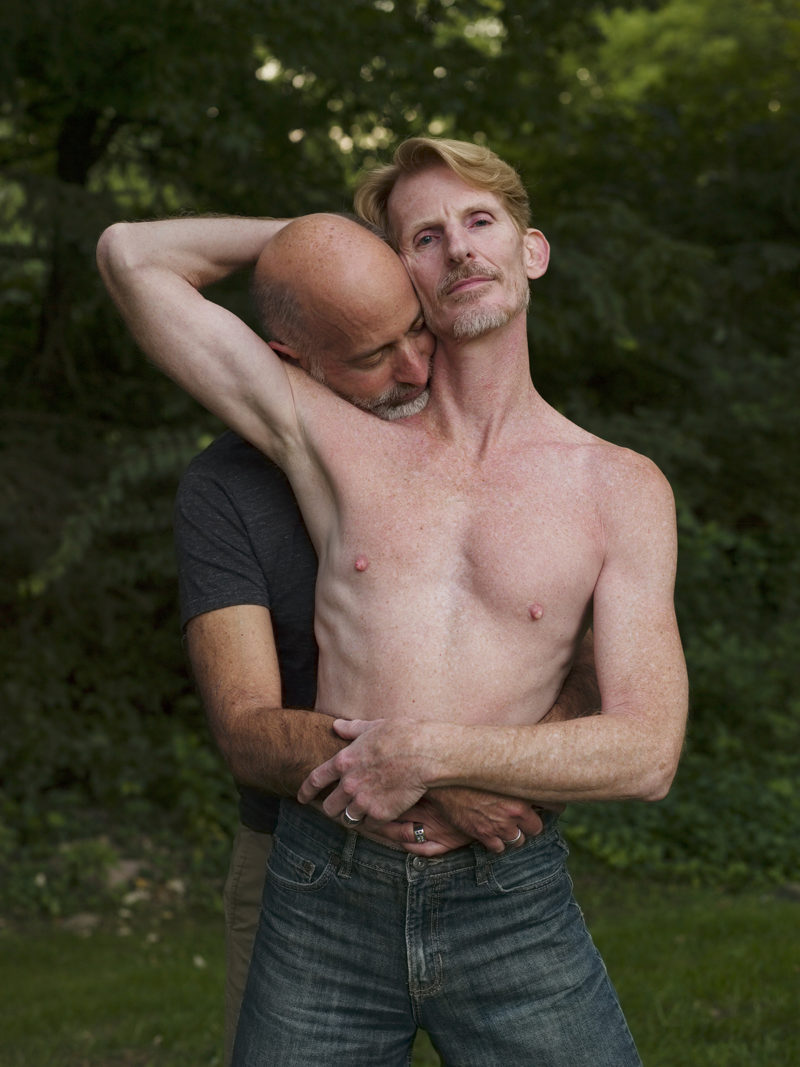
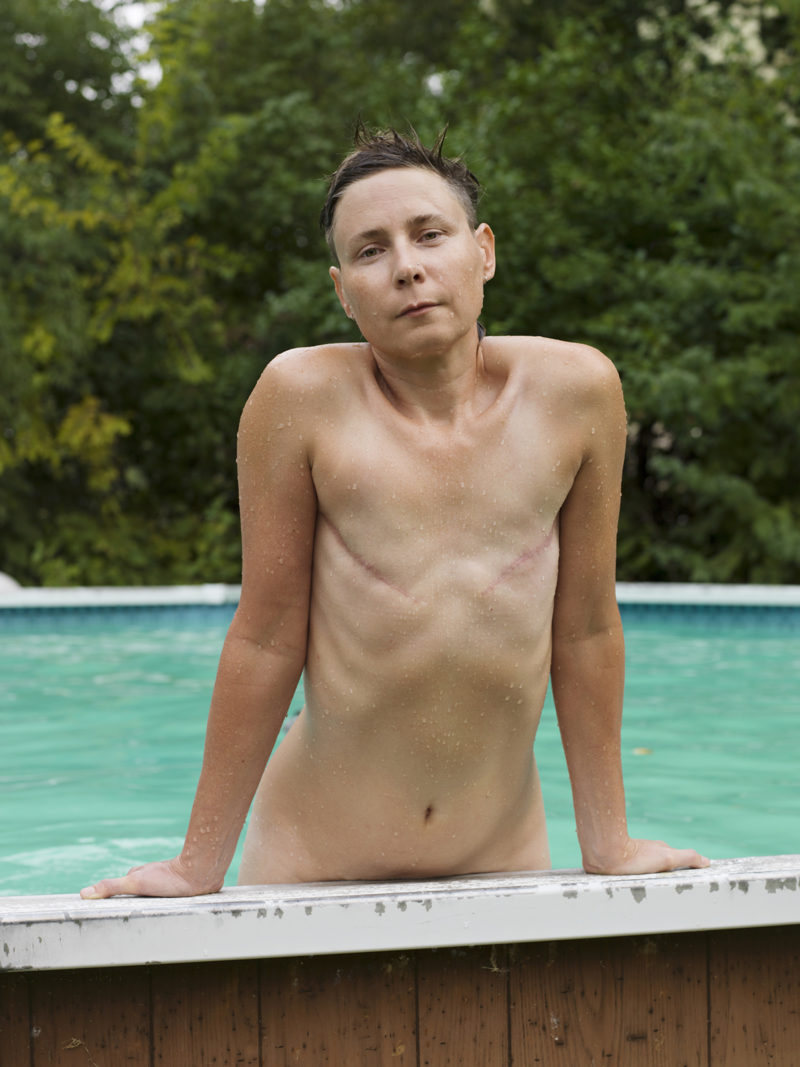
What does being visible mean to you?
My identity is such that it has never been an option for me to not be visible. I have found liberation in the ways this has positioned me outside of the mainstream, but of course it has also had its challenges, too. I believe that living your truth, proudly and visibly, in a not-always-welcoming society is a conscious and radical and beautiful act. I also believe deeply in the power of telling your own story; I try to share my own experiences in a way that is meaningful and healing for me as well as for those who encounter my work. As queer people, we don't often see ourselves represented or see our stories being told in a complex, nuanced way. Often, it is up to us to do this ourselves.
More and more people are open about or even documenting their transitions. How bold of a stand it is to create trans art nowadays?
I think creating and showing art, particularly when it is about your own identity or journey, is always bold. I hope to see more and more artists using their practice to tell their own stories, which will hopefully lead to greater diversity in the kinds of work being created and shown.
How do you imagine the normalization of trans people in mainstream society?
I'm not sure I would identify normalization as the goal. Rather, I would like to see society expand to be more accepting and understanding of all kinds of difference, not only for queer and nonbinary folks, but for everyone.
What is the single best piece of advice that you'd give to a queer, especially transgender person living in a not-so-liberal environment?
I would tell them that they are beautiful exactly as they are and that there is a huge, loving community out there waiting for them. And to hold on, that no matter how challenging their current situation may seem, they can make it through. And there is beauty and liberation and love on the other side.
Jess' latest book, Look at me like you love me can be purchased here.

